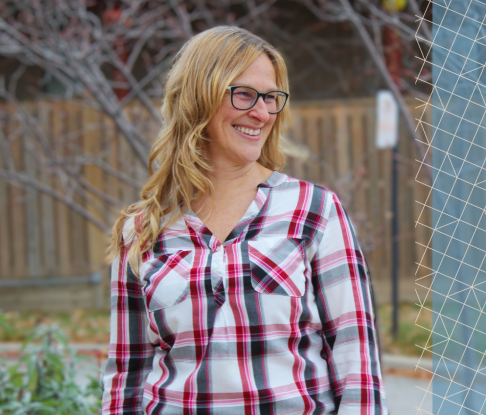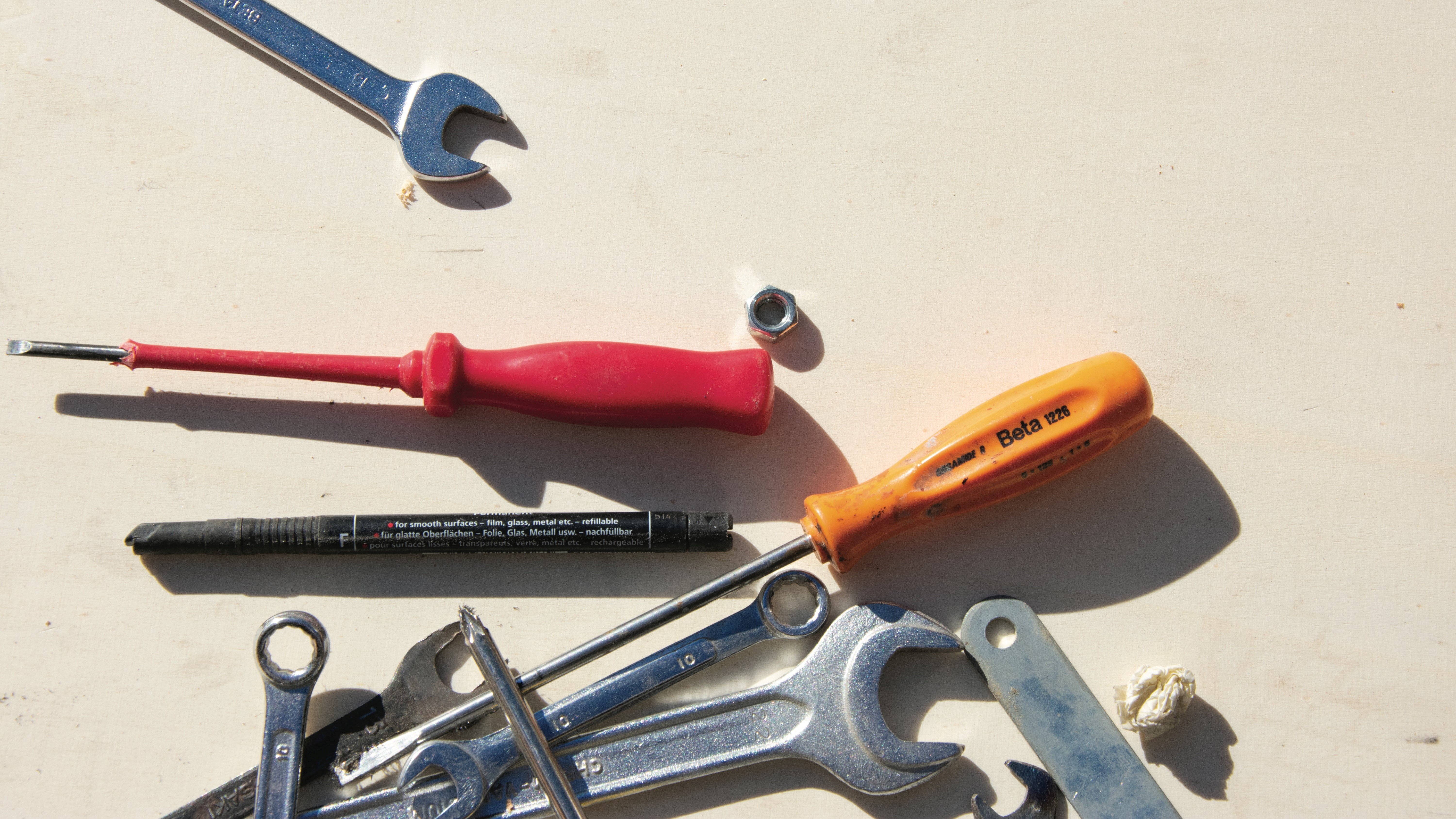 As I reflected on my 2018 year, I realized that I spent a lot of time in meetings at work and in my personal life. Meetings are an effective way for a group to get together and work on projects, communicate and to share resources. I am the type of person who wants to get in and get out with optimal work done. Having spent A LOT of time in meetings last year I realize that more than half of them were not as effective as they could have been.
As I reflected on my 2018 year, I realized that I spent a lot of time in meetings at work and in my personal life. Meetings are an effective way for a group to get together and work on projects, communicate and to share resources. I am the type of person who wants to get in and get out with optimal work done. Having spent A LOT of time in meetings last year I realize that more than half of them were not as effective as they could have been.
When I reflect on meetings that I felt did not go well, there were several reasons:
- I did not understand the goal or outcome of the meeting
- I did not know how I could contribute or what the expectations are
- I did not know who was at the table with me
- There was so much on the agenda with so much information I did not know what to do with it
What I realized is that meetings are something we just do. We don’t spend the time to build trust and relationships with new groups or those who are new to a group. We are in such a hurry to get the project done that we forget the basics of effective meetings.
Last week I stumbled on a fantastic blog from Collective Impact forum and the topic was Making Meetings Work and wanted to share some of the useful tips for creating useful and effective meetings.
Build Trust
Taking the time to get to know the members and have discussion on what are they able to bring to the table and what are they hoping to get from participating. There is a great tool called Gives and Gets that I have used many times. Make sure that everyone knows the purpose and goal of the project. A great idea that I learned is to put the goal or mission on the top of the agenda to help ground the discussion of the group.
Clear Roles and Expectations
Nothing is worse than coming to a meeting and not knowing what is expected of you or how you can contribute to the meetings. When starting a new group, it is recommended to create a terms of reference or guiding document that outlines the different roles (facilitator, note taker), who can vote and how consensus is determined and to review this annually.
Meeting Preparation
We live in a busy time and running from meeting to meeting. It is important to be prepared for a meeting. If you are leading the meeting, sending out a reminder and ask for agenda items prior to the meeting. Send out the agenda a few days before the meeting so that those who cannot attend can still contribute. Here is a sample agenda that I have used that has been very helpful in facilitation and for the members to know what is expected. Don’t forget to add in an opportunity for some fun into your meetings
Reflect
Take time to reflect on the meeting and allow everyone to do a check out (what they liked, did not like or still had questions about). Also, make sure that those who sent regrets are updated on what happened at the meeting prior to the next meeting. If this is a long-term group, doing an annual evaluation of the structure and governance will allow for an opportunity to improve the group’s function and for people. One of the ways you can evaluate is using the Wheel of Involvement as this allows for members of the group to move in and out of the project.
Whether you are facilitating them or a participant, if we all put some time and effort into the planning, implementing and evaluation of community work, it will help to prevent some of the headaches that prevent the project from moving forward.
Learn More:
- Establishing Values and Principles for Working Together - The time spent upfront agreeing to a core set of values and principles can save time over the course of the collaborative when sticky situations arise.
- FSG Blog on Making Meetings Work
- Turf, Trust, Co-Creation & Collective Impac t- This paper explores the intricacies of trust, how to build it and what to do when trust is broken.





